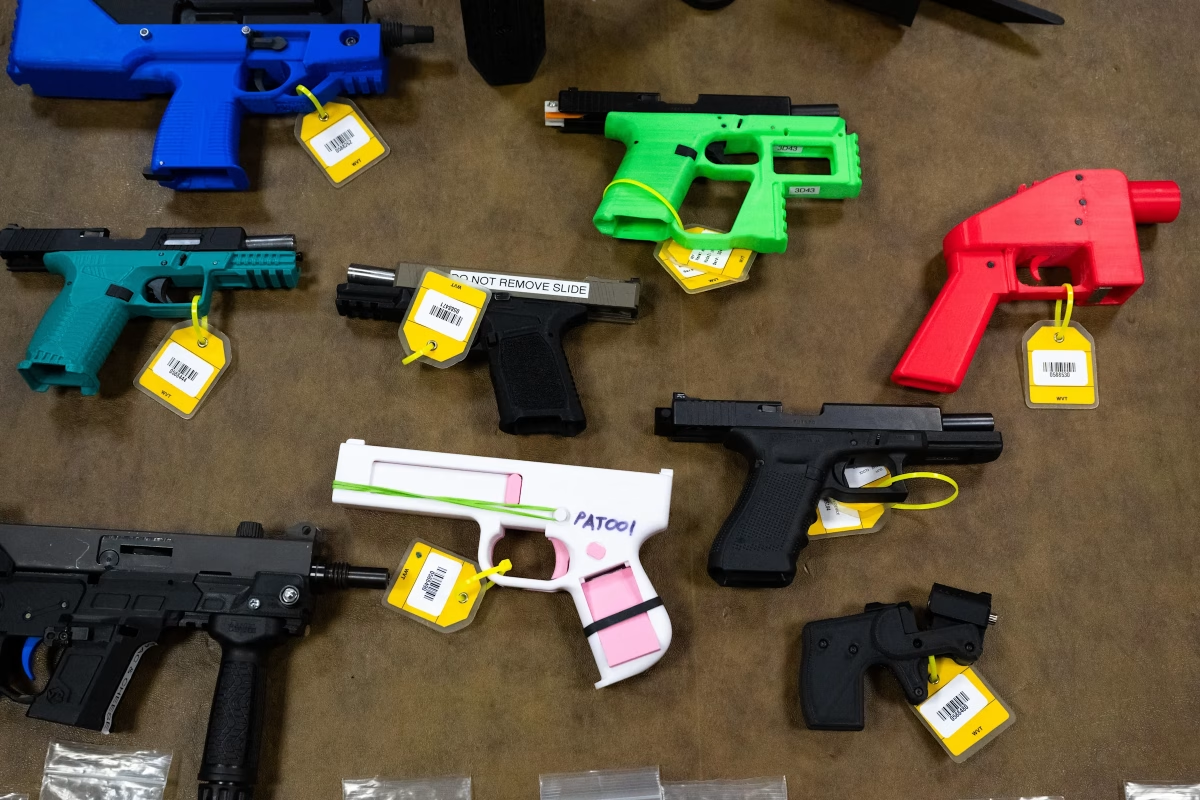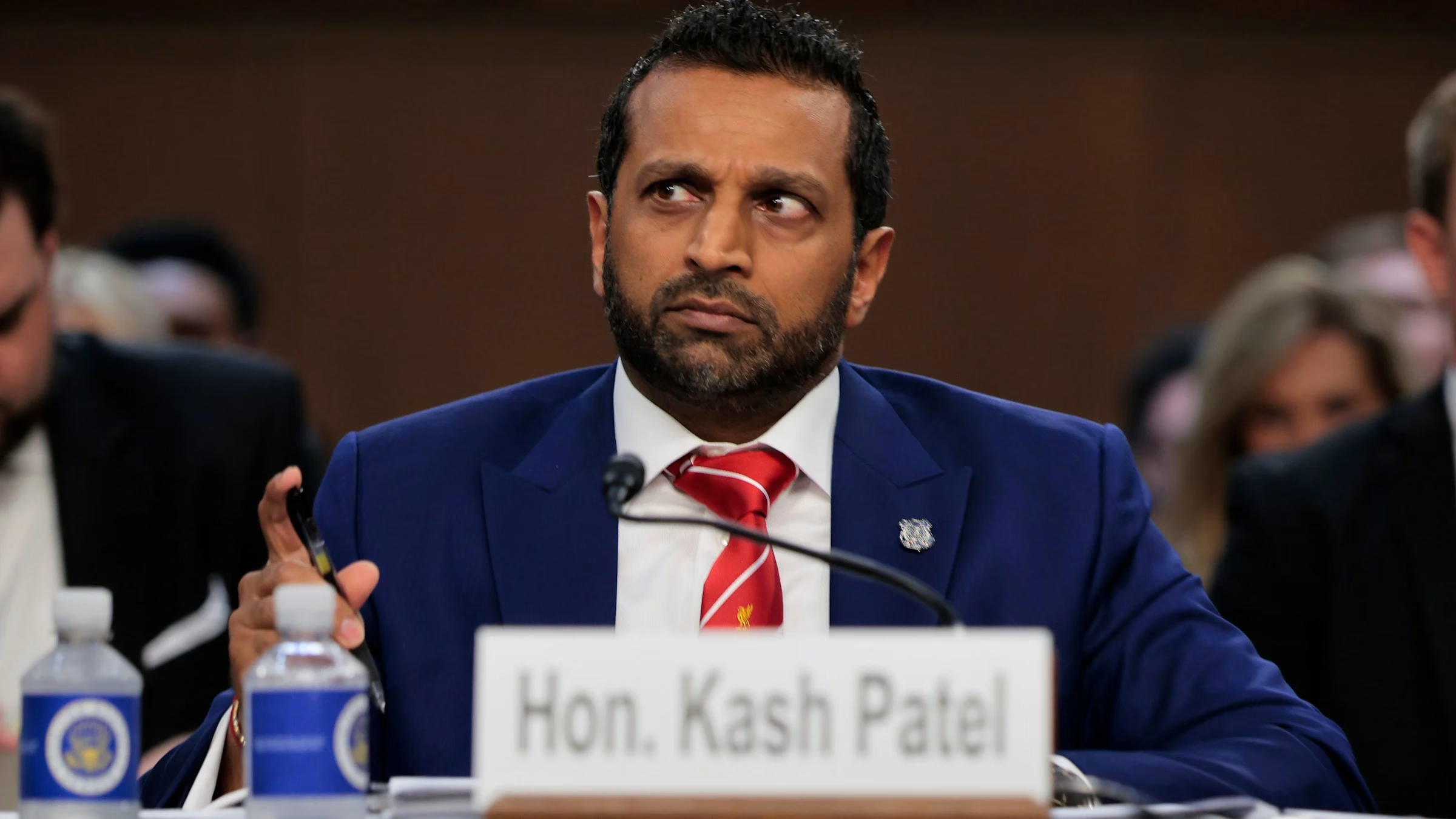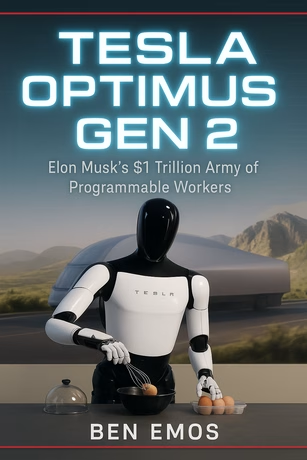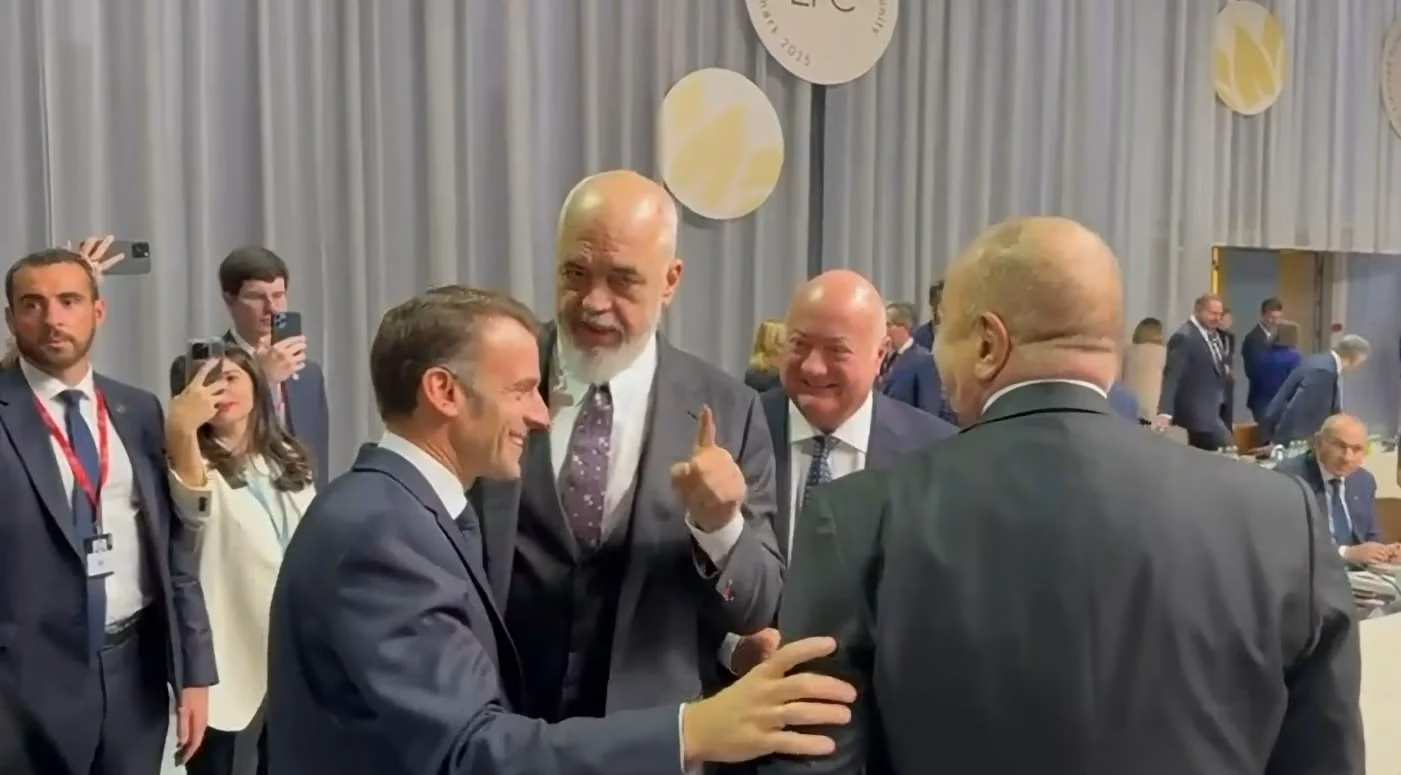By Jane Lewis | Wednesday, November 26, 2025 | 4 min read
Kash Patel has become one of those figures whose controversies seem to multiply almost as quickly as his public appearances. Even before his trip to New Zealand, critics were already raising eyebrows at the swirl of stories and speculation surrounding his conduct and decision-making. Supporters often dismiss the chatter as political noise, while detractors argue it reflects a larger pattern of judgment that keeps coming back to haunt him. Whatever the truth, it set the stage for what happened next.
So when Patel stepped off a plane in Wellington this summer, the expectation was that his visit would be routine—ceremonial, even. An FBI director arriving to cut the ribbon on a new office, shake hands with senior officials, and reassure one of America’s closest intelligence partners that cooperation remained strong. Quiet diplomacy, polite meetings, photographs in crisp suits. That was the plan.
But what Patel brought with him was anything but ordinary. Instead of the usual diplomatic gifts—plaques, challenge coins, or framed insignia—he unpacked small, 3D-printed plastic revolvers modeled after a hobbyist design. Objects that, at first glance, looked like props. Toys, even. The kind of thing someone might print in a garage for fun. But New Zealand authorities didn’t see novelty; they saw risk, liability, and a legal headache waiting to erupt.

What happened next was not exactly what the Americans likely intended.
New Zealand firearm specialists examined the items and quickly concluded that Patel’s “inoperable replicas” were, under the law, still firearms. New Zealand treats 3D-printed guns no differently than traditional metal ones, and a weapon doesn’t need to fire to be regulated—it simply needs to be capable of being made functional with minor modifications. And according to the experts, the Maverick PG22 could be made to fire with shocking ease.
In internal correspondence, police armory team leader Daniel Millar expressed concern that converting Patel’s gift into a working weapon required nothing more exotic than a battery drill, the right drill bit, and a small screw to act as a firing pin. In other words, practically anyone with a garage could pull it off. The simplicity of that process was enough for the police union to sound alarms earlier this year; officers had been encountering Maverick PG22s frequently, and they were becoming one of the most common 3D-printed weapons seized in the country.
The U.S. Embassy later emphasized that the guns had been deliberately modified—missing chambers, barrels, firing pins, and other essential parts—to ensure they couldn’t fire. But New Zealand officials didn’t want to gamble on the good intentions of unnamed manufacturers or on the durability of materials that, according to some experts, might dangerously explode if misused. As Professor Alexander Gillespie put it, the risks cut both ways: not just that someone could restore the guns and commit a crime, but that an unsuspecting person could injure themselves simply by trying.
By late September, every one of the gifted revolvers had been destroyed. Millar’s team requested to keep one for testing and training purposes, but the police commissioner denied the request. Nothing from Patel’s bag of goodwill survived.
What remains is the diplomatic awkwardness. Patel arrived to inaugurate the FBI’s first standalone office in New Zealand, a move intended to reinforce the Five Eyes partnership—a decades-old intelligence alliance between the U.S., U.K., Canada, Australia, and New Zealand. Instead, one of the most concrete memories of the trip is a batch of plastic guns that briefly set off alarms inside a nation deeply sensitive to anything that blurs the line between novelty and danger.
It may never be clear who actually printed the revolvers or why Patel believed they would be appropriate diplomatic gifts. What is clear is that they managed, in a matter of hours, to turn a routine visit into an international oddity—one that New Zealand officials were all too eager to erase from their offices, and ultimately, their evidence lockers.
CTA: Gift the Future. Read the Blueprint.
Amazon.com: Tesla Optimus Gen 2: Elon Musk’s $1 Trillion Army of Programmable Workers eBook : Emos, Ben: Kindle Store
More From FeDlan News:
- #Politics
- #BreakingNews
- #USNews
- #Trump
- #KashPatel
- #DiplomaticScandal
Trump Makes the “Epstein Files Transparency Act” Less Transparent by Signing It In Secret
Grand Jury Never Saw Final Comey Indictment — Is That What the Supreme Court Calls “Official Duty”
Mark Epstein warns: Trump officials may be altering Epstein files to protect Republicans
Epstein Files Trigger Full-Blown Crisis for Trump—and His Story Keeps Changing
Trump’s DOJ Playbook Risks a Future Backlash — Even Aimed at Justices Like Thomas
 Donate
Donate
Copyright 2024 FN, NewsRoom.






